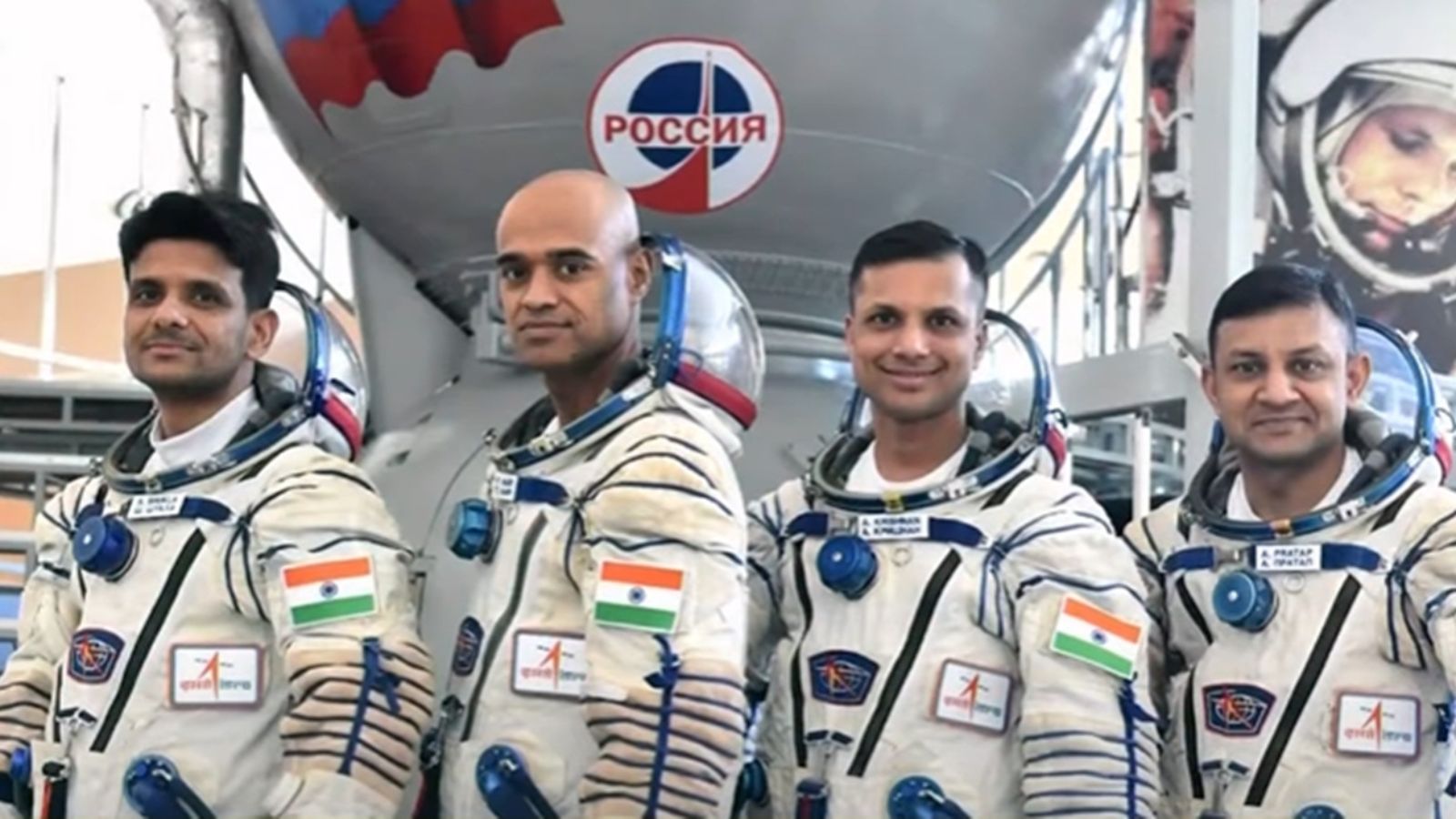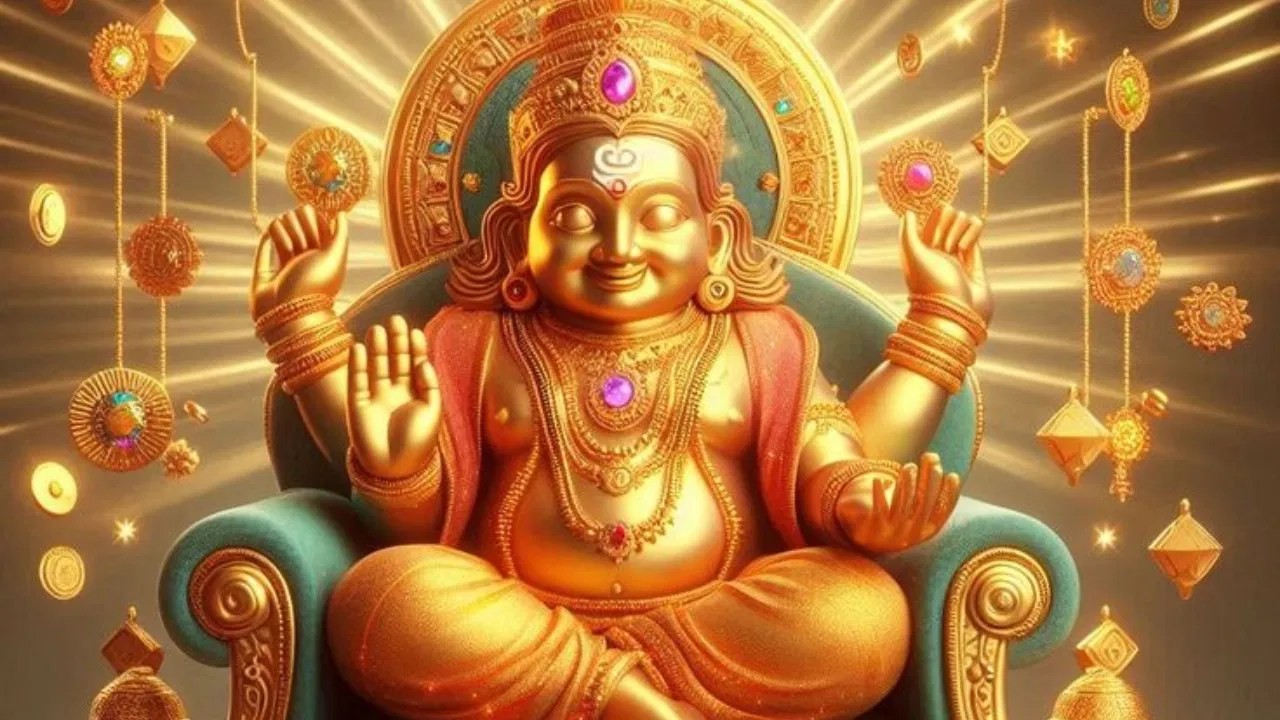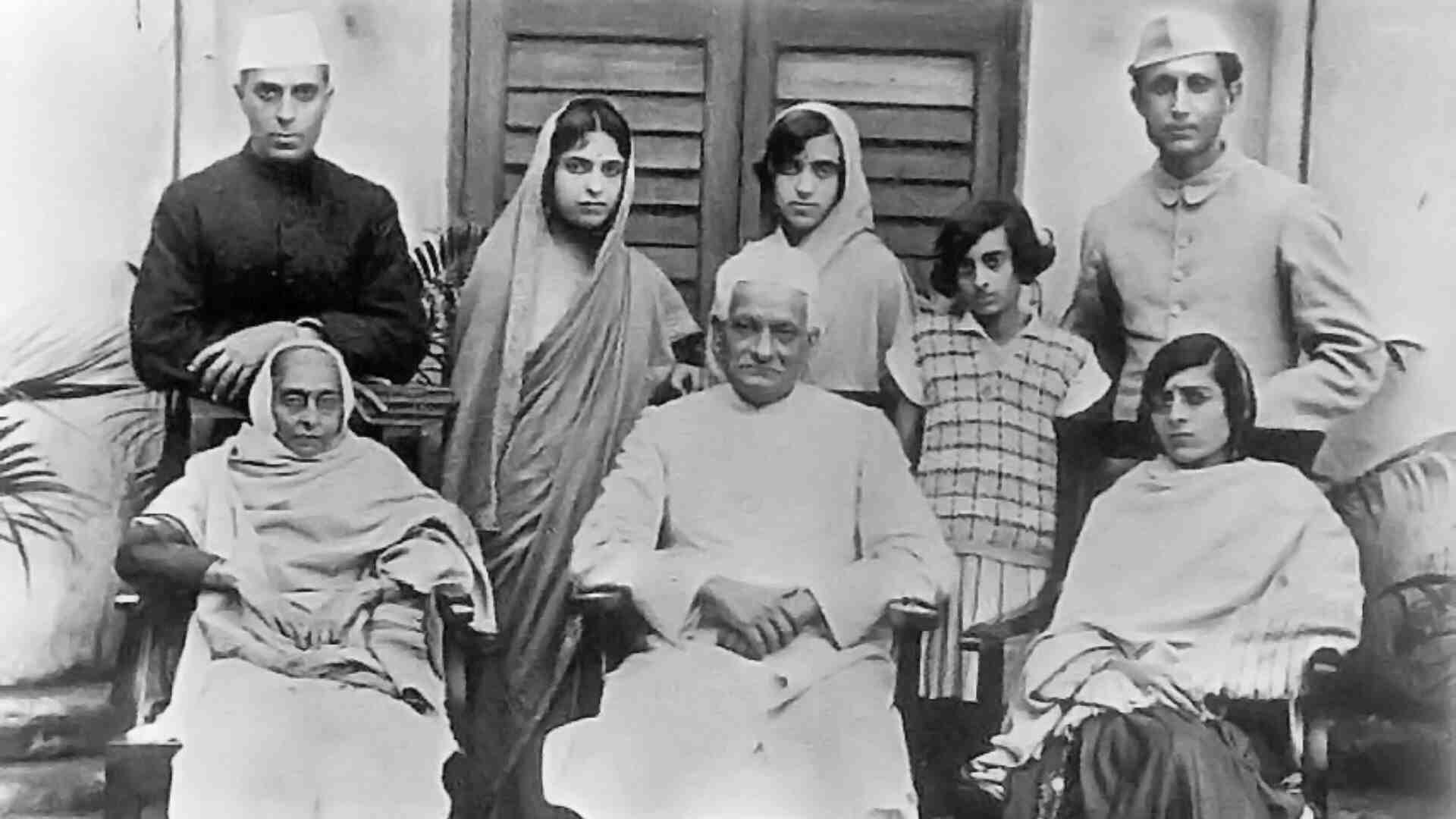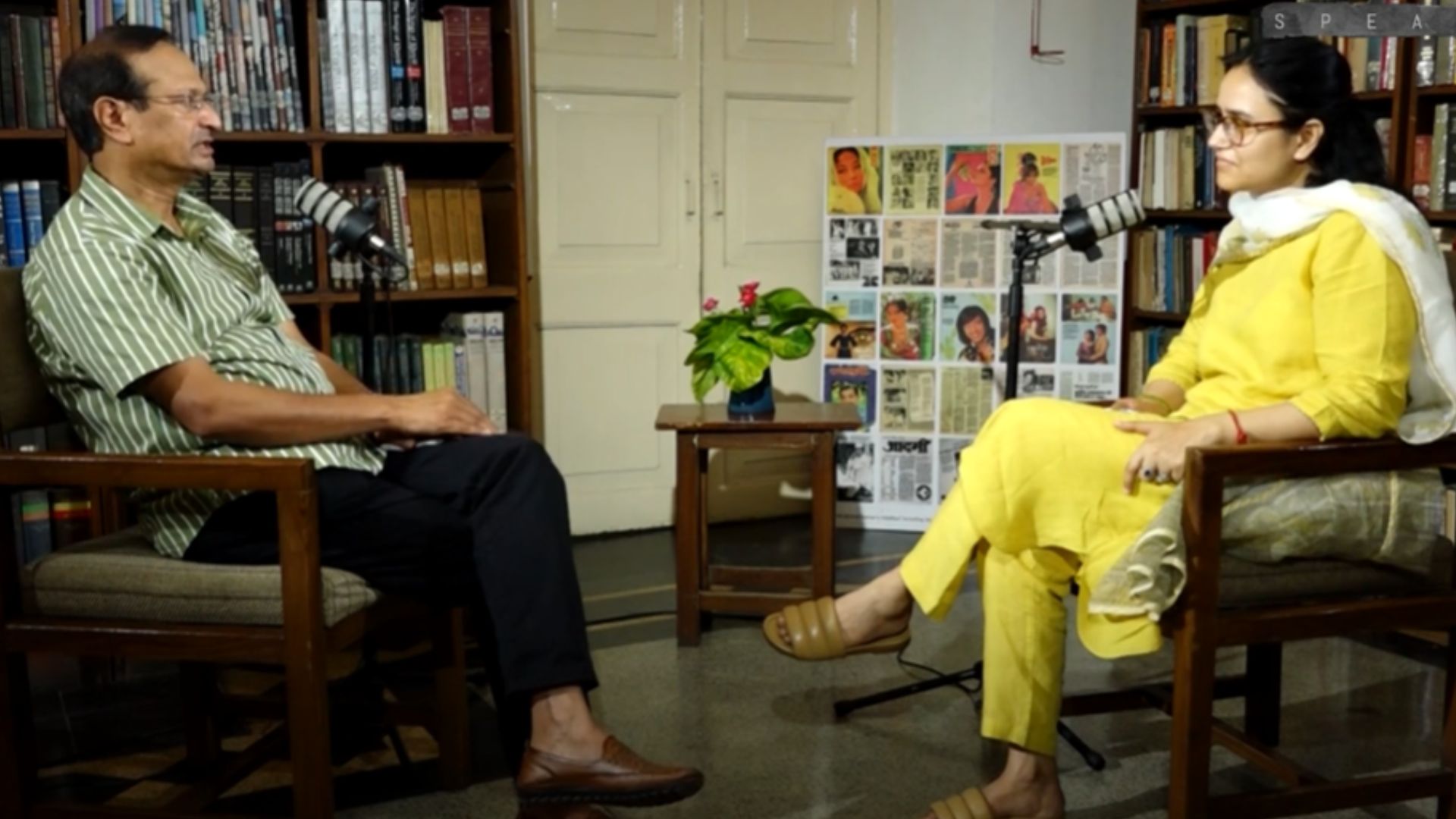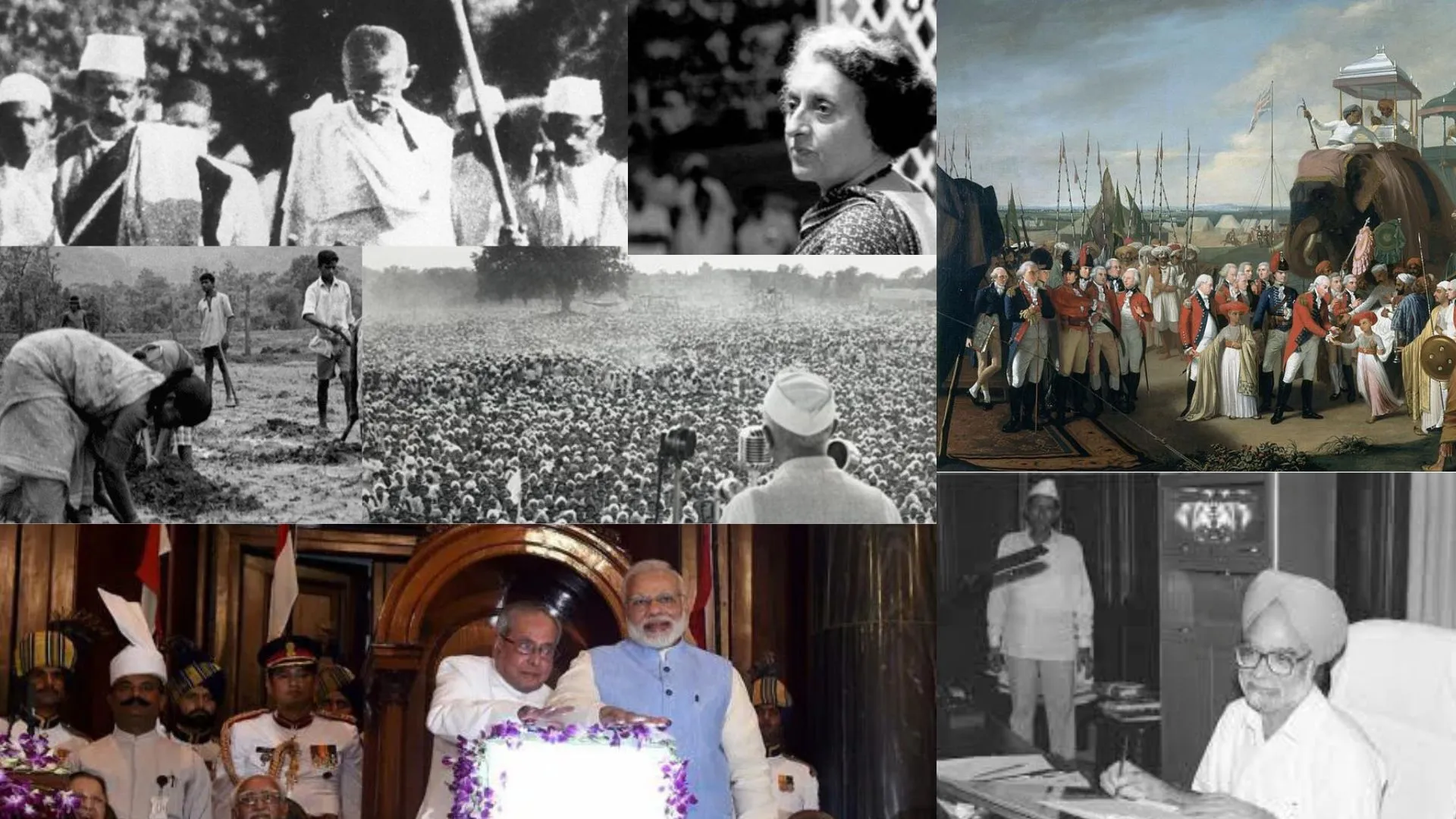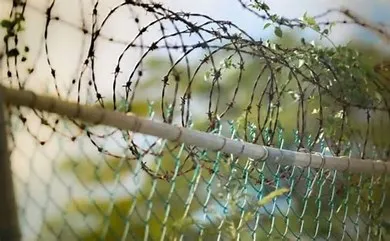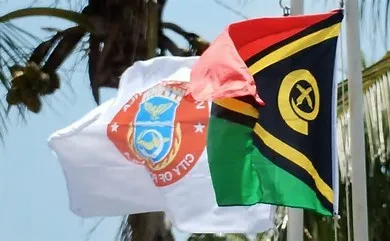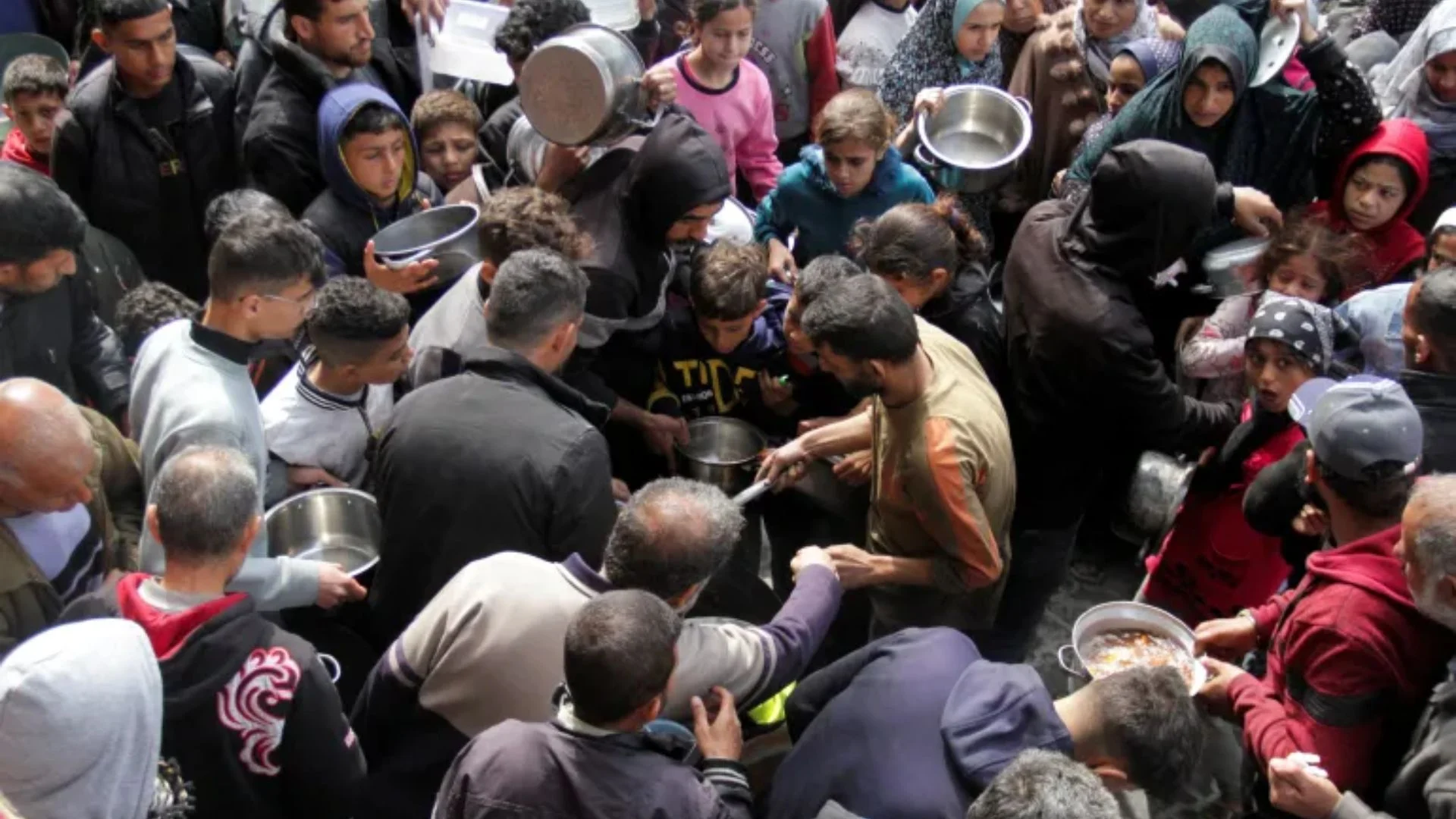As of 2024, one Indian national and four people of Indian origin have been in space. The first and only astronaut of Indian national, in space was Rakesh Sharma on Soyuz T-11 in 1984. Three astronauts – Kalpana Chawla,Sunita Williams and Raja Chari– flew as NASA astronauts. Sirisha Bandla is the first and only Indian-born woman to make a suborbital flight, which she did on Virgin Galactic Unity 22 on July 11, 2021.
Chawla and Williams are tied for the record of the number of spaceflights by an astronaut of Indian origin at two each. Sunita Williams and Raja Chari are the only astronauts to have made long-term spaceflights.
Rakesh Sharma
Wing Commander Rakesh Sharma, AC (born 13 January 1949) is a former Indian Air Force pilot who flew aboard Soyuz T-11 on 3 April 1984 as part of the Soviet Interkosmos programme. He is the only Indian citizen to travel in space, although there have been other astronauts of Indian origin who travelled to space, who were not Indian citizens.
Another Air Force pilot, Ravish Malhotra, was placed on standby.
Sharma was born on 13 January 1949 in Patiala of present-day Punjab, India into a Punjabi Hindu Brahmin family. He attended St. George’s Grammar School, Hyderabad and graduated from Nizam College, Hyderabad. He joined the National Defence Academy as an air force plebe in July 1966 and was commissioned into the Indian Air Force as a pilot in 1970.
An alumnus of the 35th National Defence Academy, Sharma joined the Indian Air Force as a test pilot in 1970 and progressed through numerous levels where in 1984 he was promoted to the rank of squadron leader.
Space Connection
He was selected on 20 September 1982 to become a cosmonaut and go into space as part of a joint programme between the Indian Air Force and the Soviet Interkosmos space programme.
In 1984, Sharma became the first Indian citizen to enter space when he flew aboard the Soviet rocket Soyuz T-11 launched from Baikonur Cosmodrome in the Kazakh Soviet Socialist Republic on 3 April 1984. The Soyuz T-11 spacecraft carrying cosmonauts including Sharma docked and transferred the three member Soviet-Indian international crew, consisting of the ship’s commander, Yury Malyshev, and flight engineer, Gennadi Strekalov, to the Salyut 7 Orbital Station. Sharma spent 7 days, 21 hours, and 40 minutes aboard the Salyut 7 during which his team conducted scientific and technical studies which included forty-three experimental sessions. His work was mainly in the fields of bio-medicine and remote sensing. The crew held a joint television news conference with officials in Moscow and then Indian Prime Minister Indira Gandhi. When Indira Gandhi asked Sharma how India looked from outer space, he replied, “Sare Jahan Se Accha” (the best in the world). This is the title of a patriotic poem by Iqbal that had been written when India was under British colonial rule, that continues to be popular today. With Sharma’s voyage aboard Soyuz T-11, India became the 14th nation to send a man to outer space.
Sharma retired as a wing commander and later joined Hindustan Aeronautics Limited (HAL) in 1987, serving as the chief test pilot in the HAL Nashik Division until 1992, before moving on to Bangalore to work as HAL’s chief test pilot. Sharma retired from flying in 2001.
Awards and recognitions
He was conferred the honour of the Hero of the Soviet Union upon his return from space. He remains to date the only Indian to have been conferred this honour. India also conferred its highest peacetime gallantry award, the ‘Ashoka Chakra’, on him and the two Soviet members of his mission, Malyshev and Strekalov.
KALPANA CHAWLA: FIRST INDIAN WOMAN TO GO IN SPACE
One of the popular Indian origin astronaughts was Kalpana Chawla. Technically she was an Indian-born American astronaut and aerospace engineer who was the first woman of Indian origin to fly to space. She first flew on Space Shuttle Columbia in 1997 as a mission specialist and primary robotic arm operator aboard STS-87.
Chawla’s second flight was on STS-107, the final flight of Columbia, in 2003. She was one of the seven crew members who died in the Space Shuttle Columbia disaster when the spacecraft disintegrated during its re-entry into the Earth’s atmosphere on 1 February 2003 Chawla was posthumously awarded the Congressional Space Medal of Honor, and several streets, universities, and institutions are named in her honor.
She was born into a conservative society in Haryana however she broke several traditions to become the first Indian-born female astronaut. Growing up, Chawla went to local flying clubs and watched planes with her father. After graduating with a Bachelor of Engineering degree in Aeronautical Engineering from Punjab Engineering College, India, Chawla moved to the United States in 1982. In 1984, she graduated with a Master of Science degree in Aerospace Engineering from the University of Texas at Arlington, and went on to earn a second Master’s in 1986 and a PhD in aerospace engineering in 1988 from the University of Colorado Boulder.
A leap into the space
In 1988, Chawla joined NASA’s Ames Research Center, where she initially conducted computational fluid dynamics research on vertical and/or short take-off and landing (V/STOL) concepts. Much of Chawla’s research is included in technical journals and conference papers. In 1993, she joined Overset Methods, Inc. as vice president and Research Scientist specializing in simulation of moving multiple body problems. Chawla held a Certified Flight Instructor rating for airplanes, gliders and Commercial Pilot licenses for single and multi-engine airplanes, seaplanes and gliders. After becoming a naturalized U.S. citizen in April 1991, she applied for the NASA Astronaut Corps. Chawla joined the corps in March 1995 and was selected for her first flight in 1997.
Chawla’s first space mission began on 19 November 1997, as part of the six-astronaut crew that flew the Space Shuttle Columbia flight STS-87. Chawla was the first Indian woman to go in space. Chawla had traveled 10.67 million km, as many as 252 times around the Earth. On her first mission, Chawla travelled 10.4/6.5 million miles in 252 orbits of the Earth, logging more than 376 hours (15 days and 16 hours) in space.
In 2000, Chawla was selected for her second flight as part of the crew of STS-107. This mission was repeatedly delayed due to scheduling conflicts and technical problems such as the July 2002 discovery of cracks in the shuttle engine flow liners. On 16 January 2003, Chawla finally returned to space aboard Space Shuttle Columbia on the ill-fated STS-107 mission. The crew performed nearly 80 experiments studying Earth and space science, advanced technology development, and astronaut health and safety.
Chawla died on 1 February 2003, in the Space Shuttle Columbia disaster, along with the other six crew members, when Columbia disintegrated over Texas during reentry into the Earth’s atmosphere, shortly before it was scheduled to conclude its 28th mission, STS-107. Her remains were identified along with those of the rest of the crew members and were cremated and scattered at Zion National Park in Utah in accordance with her wishes.
SUNITA WILLIAMS
Sunita Williams is also an Indian origin but American astronaut. She was born on September 19, 1965, at Euclid, Ohio, U.S. She set records on her two flights to the International Space Station.
In 1983 Williams entered the U.S. Naval Academy at Annapolis, Maryland. She was made an ensign in 1987 and reported for aviator training at the Naval Aviation Training Command. In July 1989 she began combat helicopter training. She flew in helicopter support squadrons during the preparations for the Persian Gulf War and the establishment of no-fly zones over Kurdish areas of Iraq, as well as in relief missions during Hurricane Andrew in 1992 in Miami.
In 1993 she became a naval test pilot, and she later became a test pilot instructor, flying more than 30 different aircraft and logging more than 2,770 flight hours. When selected for the astronaut program, she was stationed aboard the USS Saipan.
She completed an M.S. in engineering management from the Florida Institute of Technology in Melbourne in 1995, and she entered astronaut training in 1998. She travelled to Moscow, where she received training in robotics and other ISS operational technologies while working with the Russian Federal Space Agency (Roskosmos) and with crews preparing for expeditions to the ISS.
On December 9, 2006, Williams flew aboard the space shuttle Discovery on the STS-116 mission to the ISS, where she was a flight engineer for Expeditions 14 and 15. During her stay at the space station, she made four space walks, totaling more than 29 hours outside the spacecraft, and spent a total of more than 195 days in space, both of which were records for women in space. (She held the latter record until 2015, when Italian astronaut Samantha Cristoforetti spent more than 199 days in space.) She also participated in the Boston Marathon by running 42.2 km (26.2 miles) on the station’s treadmill. She was the second American astronaut of Indian heritage to go into space, after Kalpana Chawla, who died in the Columbia disaster. Williams landed at Edwards Air Force Base in California with the crew of STS-117 on June 22, 2007.
Williams flew to the ISS again on July 15, 2012, as part of the crew of Soyuz TMA-05M. She was a flight engineer on Expedition 32, and on September 16 she became commander of Expedition 33. She made three more space walks, totaling more than 21 hours, retaining her spacewalk record with a total time outside the ISS between her two flights of more than 50 hours. She also completed a triathlon in orbit by using a treadmill, a stationary bicycle, and a weightlifting machine to simulate the swimming portion of the race. Williams returned to Earth on November 11 after nearly 127 days in space. Her two spaceflights combined lasted more than 321 days, ranking her second, after American astronaut Peggy Whitson, for the most time spent in space by a woman.
In 2015 Williams was selected as one of four astronauts to make the first test flights in NASA’s Commercial Crew program, in which two new private crewed spacecraft, SpaceX’s Crew Dragon and Boeing’s CST-100 Starliner, would take astronauts and supplies to the ISS. She was chosen in 2022 for the first crewed test Starliner flight to the ISS, which was scheduled for 2023.
Raja Chari
Raja Jon Vurputoor Chari, of 45 years age, is an American test pilot and NASA astronaut. He is a graduate of the United States Air Force Academy, Massachusetts Institute of Technology, and U.S. Naval Test Pilot School, and has over 2,000 flying hours. He is a brigadier general in the United States He also had a Bachelor of Science in astronautical engineering and engineering science, with a minor in mathematics. Following his graduation, Chari attended the Massachusetts Institute of Technology in Cambridge as a Draper Fellow, earning a Master of Science in aeronautical and astronautical engineering in 2001.
Chari attended Undergraduate Pilot Training at Vance Air Force Base, Oklahoma. He attended F-15E Strike Eagle training at Seymour Johnson Air Force Base, North Carolina and was subsequently stationed at Elmendorf AFB, Alaska and RAF Lakenheath, England, deploying in support of the Iraq War. In 2007, Chari attended the U.S. Naval Test Pilot School at Patuxent River, Maryland as an Air Force Exchange Officer, and was a developmental test pilot at Eglin AFB, Florida, where he served as the project pilot for the APG-63 and APG-82 Active Electronically Scanned Array radar programs. Chari also attended the U.S. Army Command and General Staff College in Fort Leavenworth, Kansas, and served as a CENTCOM time sensitive targeting officer. At the time of his selection as an Astronaut in June 2017, Chari was serving as the commanding officer of the 461st Flight Test Squadron at Edwards AFB, California.
In June 2017, Chari was selected for NASA Astronaut Group 22, and reported for duty in August to begin two years of training as an astronaut. In December 2020, Chari was selected as part of the Artemis Team, a group of astronauts “to help pave the way for the next lunar missions including sending the first woman and next man to walk on the lunar surface in 2024.
“The same month, he became the first astronaut from Group 22 to be selected for a space mission, SpaceX Crew-3, which he commanded. Chari is the first NASA rookie to command a spaceflight since Joe Engle, who commanded the STS-2 mission in 1981. On March 23, 2022, Chari and ESA astronaut Matthias Maurer exited the Quest Joint Airlock on the ISS to perform an EVA.

